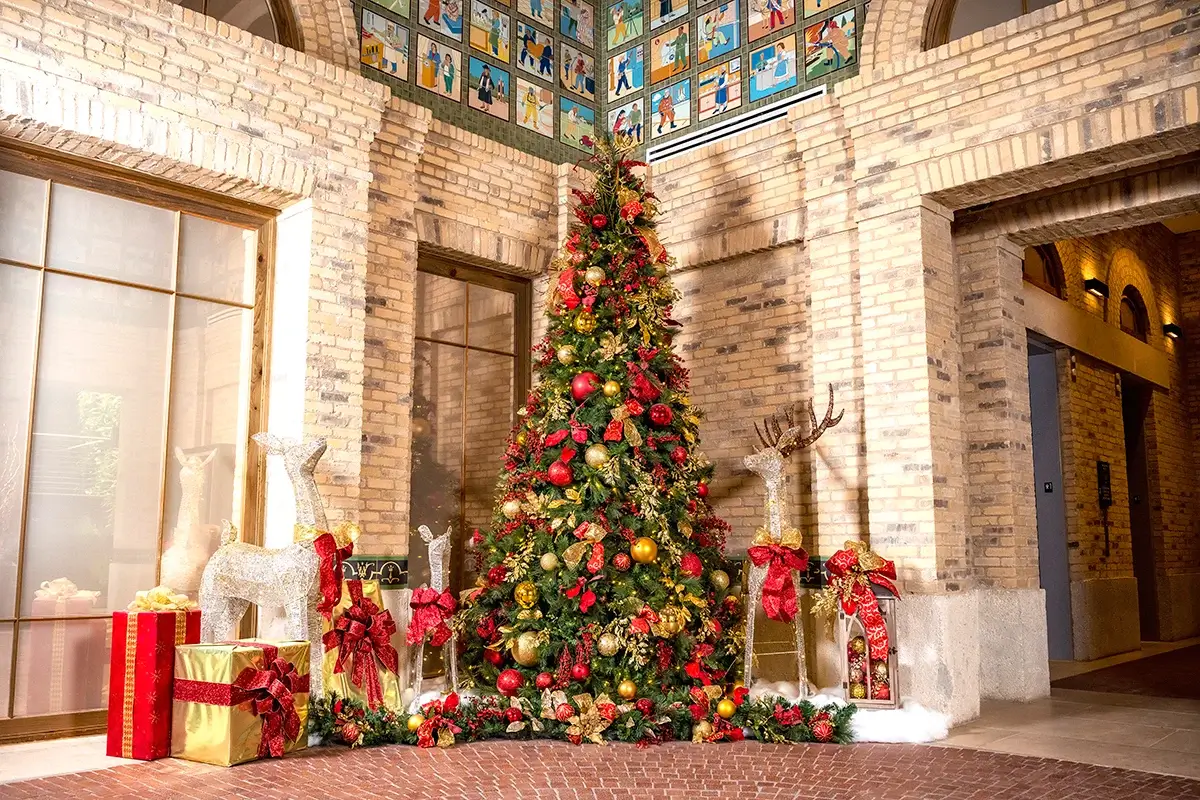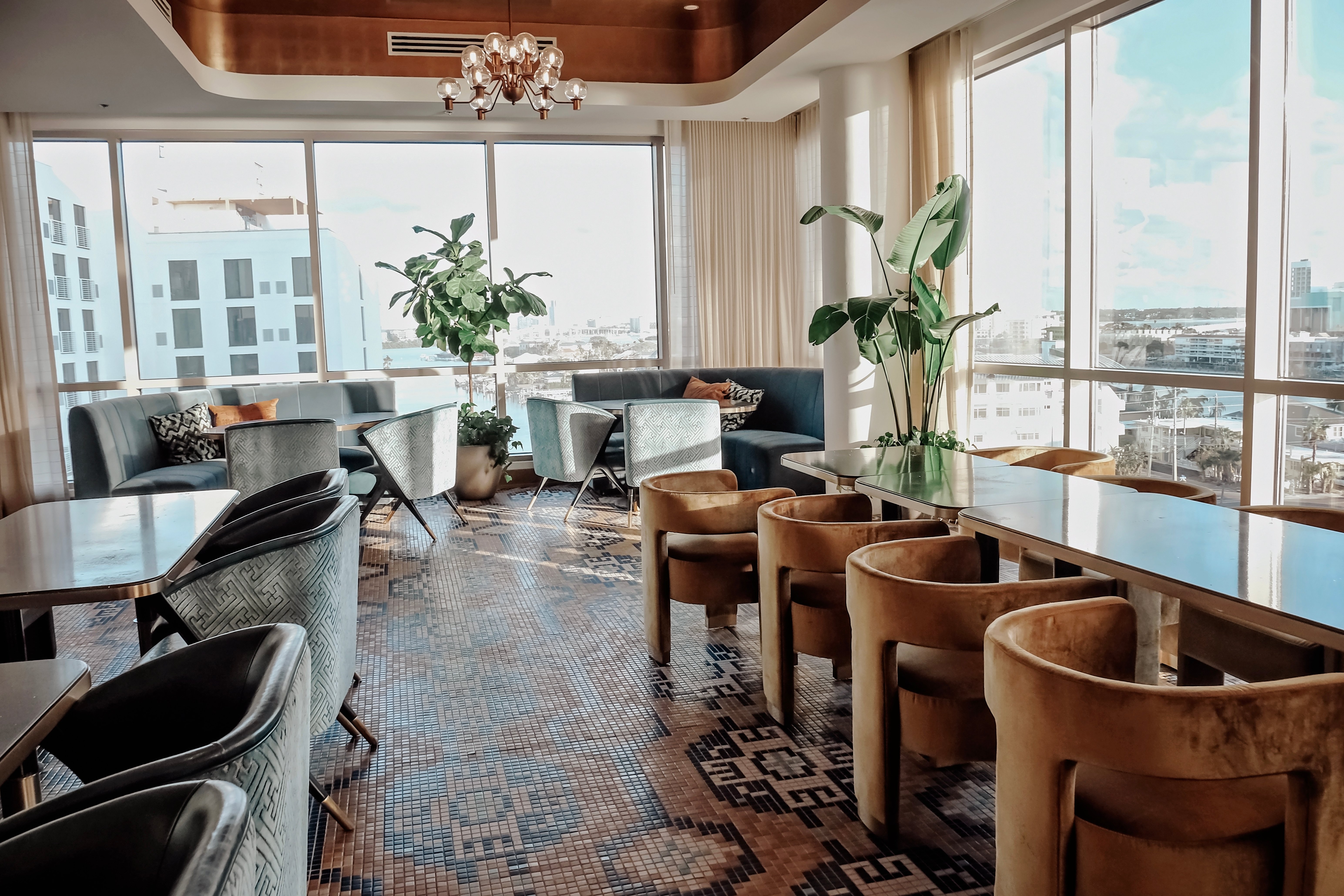[UPDATE] How Biophilic Design Transforms Experiences in Hotels
Happy guests make for a booming hotel business. But what can you do to ensure a positive hotel experience? Hands down, implementing biophilic design strategies is your silver bullet to long-term guest loyalty.

Whether they’re visiting for business or for pleasure, travelers take many things into consideration before booking their hotel stay. Factors like a hotel’s price point, services, and amenities will always come into play, with location being another key differentiator..
Still, Yelp ratings and Google reviews will, no doubt, filter through as a deciding factor for most potential customers, impacting their decision to say Yay or Nay. And, if you’ve been keeping guests happy and satisfied over several stays, then your reputation is sure to speak for itself.
But how do you ensure that you maintain a high enough standard of guest satisfaction? We believe that biophilic design might be just what you’re looking for.
The Science-Backed Impact of Biophilic Design
 Biophilic design is a growing trend in hospitality that works to elevate guest experiences—and increase hotel profitability—by leveraging humans’ innate affinity for nature and greenery.
Biophilic design is a growing trend in hospitality that works to elevate guest experiences—and increase hotel profitability—by leveraging humans’ innate affinity for nature and greenery.
A recent report by sustainability consulting firm Terrapin looks at the various ways that biophilic design can serve as a tool to create or enhance hotel guest satisfaction, impacting their decision to book at a certain hotel.
The report, ‘Human Spaces 2.0: Biophilic Design in Hospitality’, studies how integrating greenery and plant life into hotel lobbies, restaurants, bars, guest rooms, spas, and other hotel amenities can uniquely impact guest experience and behavior by contributing positively to hospitality spaces.
Biophilic Architecture: Bringing the Outdoors In
While rooms with a view have always come at a premium—and probably always will—hotels have started finding creative and strategic ways to incorporate biophilic design elements into every space. It’s not always possible to rely on picturesque outdoor views. In response, hotels are implementing indoor landscaping, using natural textures and organic materials, to bring the outdoors in.
This not only works to curate an aesthetically pleasing ambience and environment, but also leverages the science-backed benefits of biophilic spaces. For hotel guests, incorporating plants into hospitality spaces (both communal and private) contributes to improved health and wellness. This is because of plants’ natural ability to:
- Beautify a space
- Reduce stress
- Increase productivity
- And improve air quality (among many other benefits)
This all works together to leave a lasting impression that positively impacts guest satisfaction. For those in hospitality, the benefits of incorporating biophilic design into a hotel also extend to:
- Reduced maintenance costs (through climate control)
- Mitigated noise pollution (through sound absorption)
- And boost the value of available rooms (through an enhanced guest experience).
And don’t think the benefits of green building design apply only to the private guest rooms.
Refocused Social Spaces
 Biophilic design is a trend geared towards creating a socially connective guest experience. It speaks to the noticeable shift in guests’ movement from private rooms to shared spaces; like lobbies, lounges, and restaurants. Humans are social beings and like to stay, relax, and mingle in communal areas. So, why should biophilic interior design principles only apply to more private guest rooms?
Biophilic design is a trend geared towards creating a socially connective guest experience. It speaks to the noticeable shift in guests’ movement from private rooms to shared spaces; like lobbies, lounges, and restaurants. Humans are social beings and like to stay, relax, and mingle in communal areas. So, why should biophilic interior design principles only apply to more private guest rooms?
People tend to linger longer and spend more money in social spaces and common areas, especially if the spaces are warm, inviting, and promote a sense of connection, relaxation, and comfort. It’s a no-brainer for hoteliers to incorporate biophilic design and indoor landscaping into these spaces. Rich, carefully curated, and verdant plant life works well to establish a sense of luxury in a space. And, the more the guests enjoy themselves, the more likely they are to book again for their next visit or leave a glowing review.
That said, a great Google rating is not the only thing that can make you stand out in a competitive market. This is why hiring a professional to help with biophilic design strategies is non-negotiable. Another market differentiator? Sustainability.
Do it WELL
 As an International WELL Building Institute affiliate, a Works with WELL partner, and an advocate for workplace wellbeing, Natura prioritizes eco-consciousness and sustainability in everything that we do.
As an International WELL Building Institute affiliate, a Works with WELL partner, and an advocate for workplace wellbeing, Natura prioritizes eco-consciousness and sustainability in everything that we do.
While cognizant of the way the world is changing and the responsibility we have to look after people and planet, Natura is also very aware of the standards that our clients are held to when it comes to environmental awareness. This is why we work with WELL, to give our clients the competitive edge. We help them create people-centered spaces that promote health, wellness, and productivity.
Travelers are becoming increasingly eco-conscious and want a green and serene environment that will offset the dusty fumes of a busy urban backdrop. Using biophilic design principles, you can ensure that your guests walk into a green oasis as soon as they cross the threshold into your hotel.
Some practical things you can do include:
- Leveraging the benefits of a plant-filled lobby with lush living green walls or curated moss mosaics.
- Creating a water-efficient rooftop garden that serves as a point of serenity in the midst of a cityscape.
- Weaving green building elements into every nook and cranny by using recycled materials wherever possible.
- Installing water-efficient landscaping and employing energy-saving lighting design.
 Not only will this work to reduce your carbon footprint, it will also elevate your sustainability cred, putting your hotel on the map of eco-consciousness.
Not only will this work to reduce your carbon footprint, it will also elevate your sustainability cred, putting your hotel on the map of eco-consciousness.
Trust us here. The growing trend toward natural design in hotels is more than just a passing fad, it's a movement that’s reshaping how we think about business and the industry in the modern age. If you’re in the hospitality space, biophilic design is a runaway train that you can’t afford to miss.
Click here for more information on how live greenery and strategic plant design can elevate your hotel’s guest experience and boost your hotel’s bottom line.



